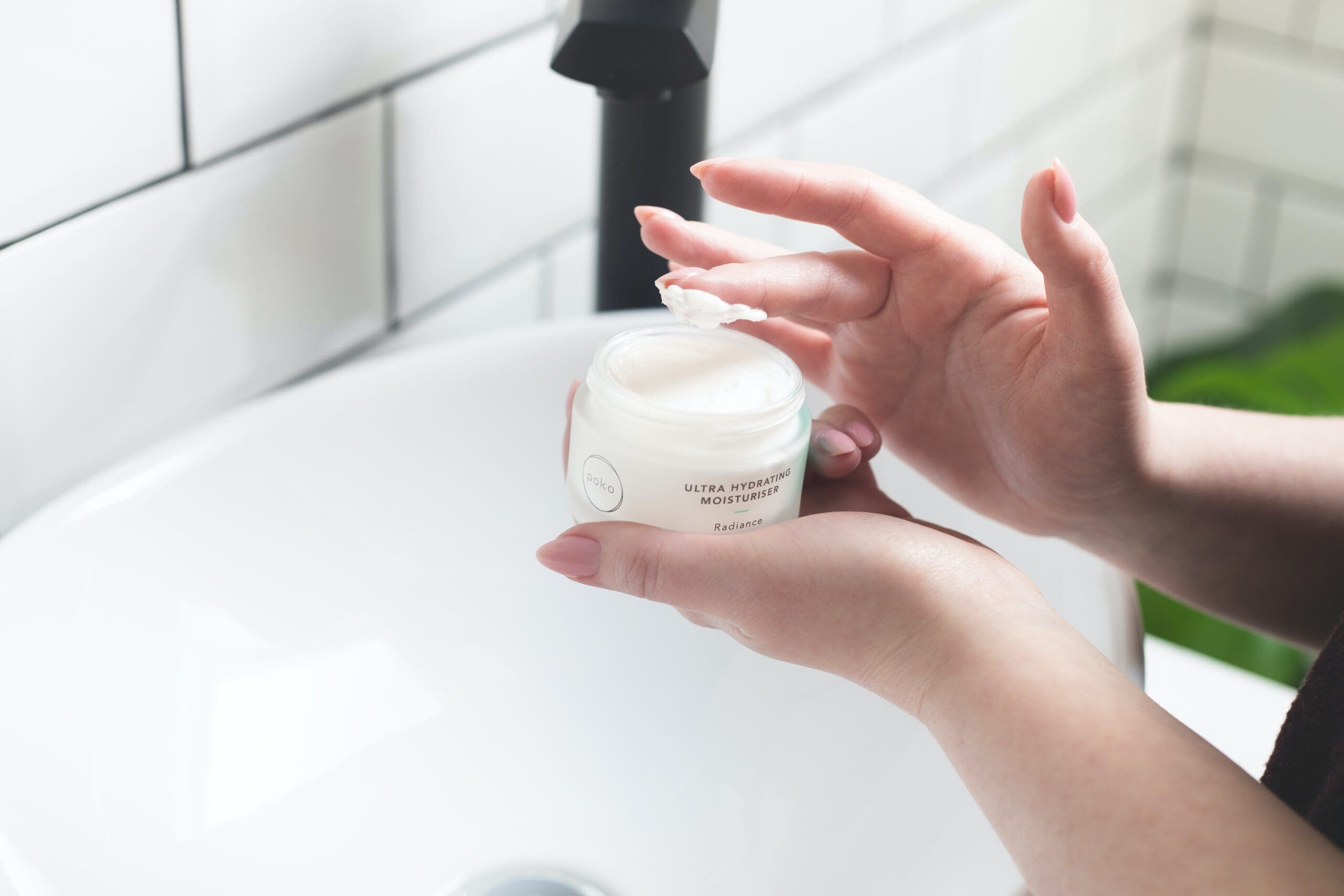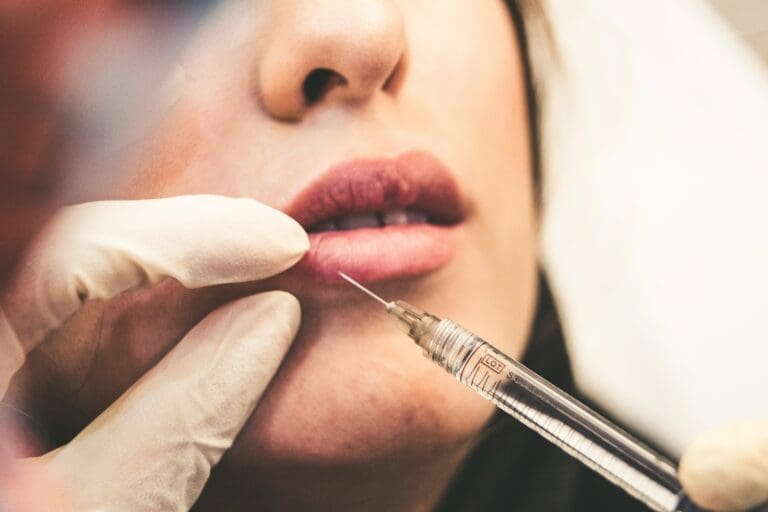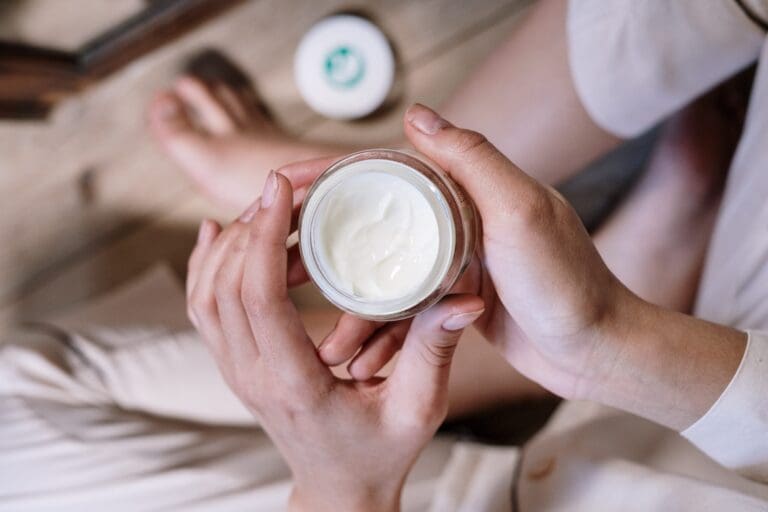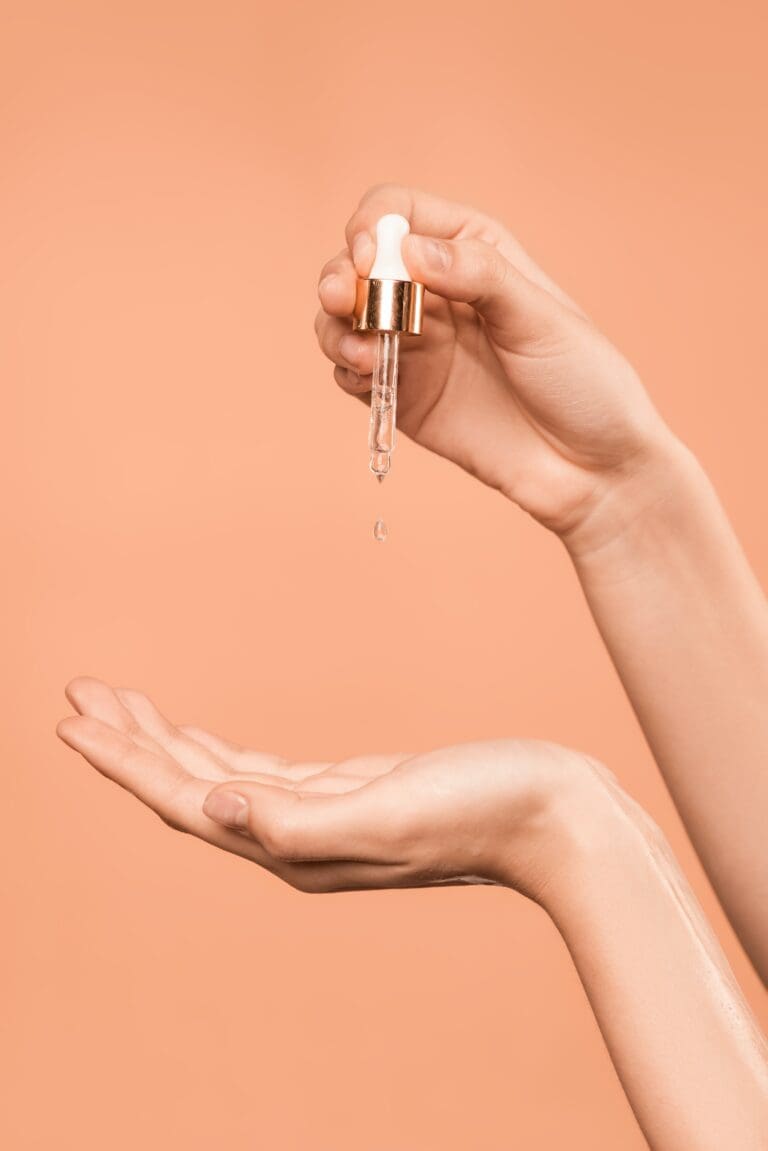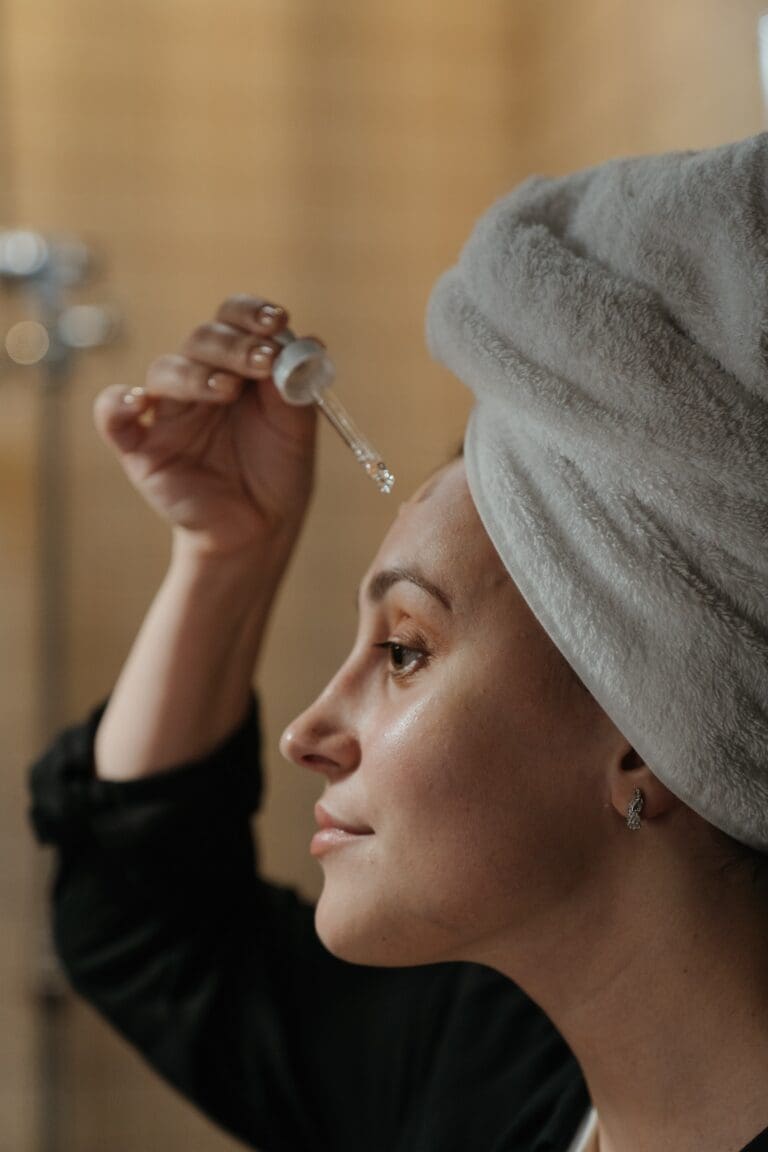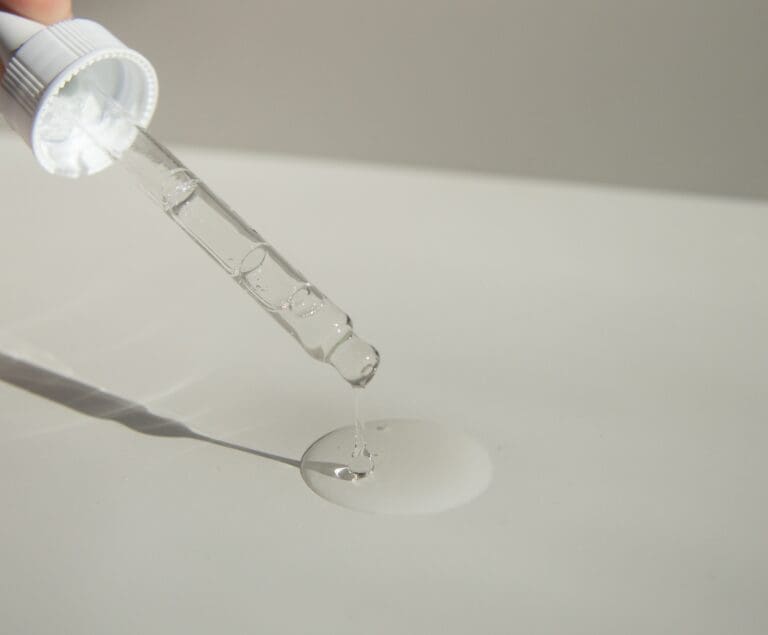How to Use Moisturizing Creams and Gels
With so many different types of moisturizers available, it can be overwhelming to figure out which one to use and how to apply it correctly. In this article, we will provide you with some tips and tricks on how to use and apply most creams or gel-like moisturizers.
Firstly, it’s important to know the difference between cream and gel moisturizers. Cream moisturizers are thicker and more emollient, making them ideal for those with dry or mature skin. On the other hand, gel moisturizers are lightweight and water-based, making them perfect for those with oily or acne-prone skin. Once you’ve determined which type of moisturizer is best for your skin type, you can move on to the application process.
When applying cream moisturizers, it’s best to use a gentle patting motion to ensure that the product is fully absorbed into your skin. For gel moisturizers, use a circular motion until the product is fully absorbed. It’s important to apply moisturizer to clean, dry skin and to wait a few minutes before applying makeup or other skincare products. By following these simple steps, you can ensure that your skin stays hydrated and healthy-looking all day long.
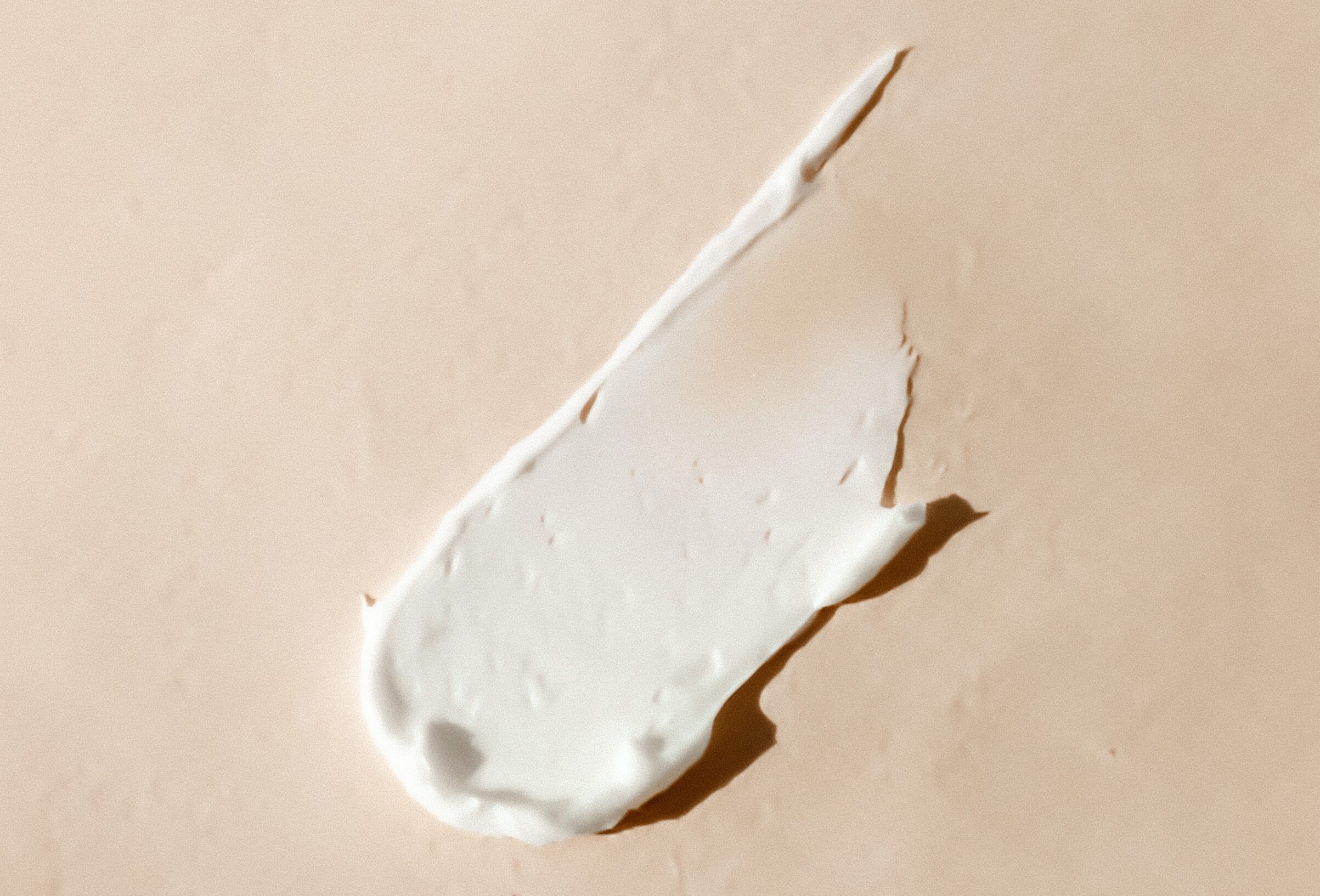
Understanding Moisturizers
Moisturizers are an essential part of any skincare routine. They help to hydrate and nourish your skin, keeping it looking healthy and youthful. There are many different types of moisturizers available, including creams, gels, ointments, and lotions. Each has its own unique properties and benefits, so it’s important to choose the right one for your skin type and needs.
Creams are a popular choice for those with dry or mature skin. They are typically thicker and more emollient than other types of moisturizers, making them ideal for hydrating and nourishing dry skin. Creams are also great for those who prefer a richer, more luxurious feel on their skin.
Gel moisturizers, on the other hand, are lighter and more easily absorbed than creams. They are ideal for those with oily or combination skin, as they provide hydration without leaving a greasy residue. Gel moisturizers are also great for those who prefer a more lightweight, refreshing feel on their skin.
Ointments are another type of moisturizer that is particularly useful for those with very dry or sensitive skin. They are typically thicker and more occlusive than creams or gels, which means they provide a more intensive level of hydration and protection. However, they can also be quite heavy and greasy, so they may not be suitable for everyone.
Lotions are a popular choice for those who want a lightweight, easily absorbed moisturizer. They are typically thinner and less emollient than creams, which makes them ideal for those with normal or combination skin. Lotions are also great for use during the warmer months, when heavier moisturizers may feel too heavy or sticky on the skin.
When choosing a moisturizer, it’s important to consider your skin type and needs. Look for products that are specifically formulated for your skin type, whether that’s dry, oily, sensitive, or combination. You should also consider any specific concerns you have, such as fine lines, wrinkles, or acne.
In general, it’s best to apply your moisturizer twice a day, after cleansing and toning your skin. Use gentle, upward motions to apply the product, and be sure to cover your entire face and neck. Don’t forget to apply sunscreen during the day, as well, to protect your skin from damage and premature aging.
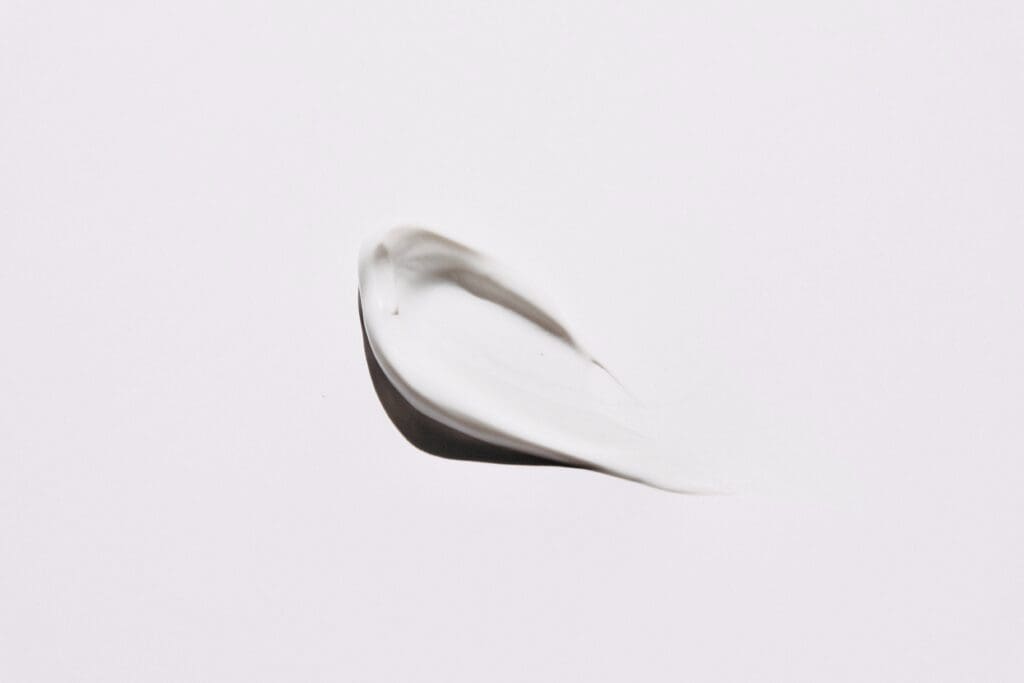
Types of Moisturizers
When it comes to moisturizers, there are different types available in the market. The type of moisturizer that works best for you depends on your skin type and specific needs. Here are some of the most common types of moisturizers:
Creams
Creams are thicker than lotions and gels, making them a great option for those with dry skin. They are also ideal for mature skin since they contain more oil than water. Creams are great at sealing in moisture, preventing dryness, and protecting the skin from environmental damage.
Lotions
Lotions are lightweight and water-based, making them ideal for those with oily or combination skin. They are non-greasy and absorb quickly into the skin, providing hydration without clogging pores.
Gels
Gel moisturizers are water-based and have a lightweight texture, making them ideal for those with oily or acne-prone skin. They are non-greasy and absorb quickly into the skin, providing hydration without clogging pores.
Serums
Serums are lightweight and contain a high concentration of active ingredients. They are ideal for those with specific skin concerns, such as fine lines, wrinkles, or hyperpigmentation. Serums are typically applied before moisturizer to help boost hydration and target specific skin concerns.
Ointments
Ointments are the thickest and heaviest type of moisturizer. They are ideal for those with extremely dry or sensitive skin. Ointments contain a high concentration of oil and waxes, making them great at sealing in moisture and protecting the skin from environmental damage.
Choosing the Right Moisturizer
Choosing the right moisturizer can be a daunting task, especially with so many options available on the market. However, selecting the right moisturizer for your skin type is essential to keep your skin hydrated, healthy, and youthful-looking. Here are some tips to help you choose the right moisturizer for your skin type:
For Dry Skin
If you have dry skin, you need a moisturizer that is rich and hydrating. Look for moisturizers that contain ingredients like hyaluronic acid, glycerin, and ceramides. These ingredients help to lock in moisture and prevent your skin from becoming dry and flaky. Cream-based moisturizers work best for dry skin as they provide long-lasting hydration.
For Sensitive Skin
If you have sensitive skin, you need to be extra careful when choosing a moisturizer. Look for moisturizers that are fragrance-free, hypoallergenic, and non-comedogenic. These moisturizers are less likely to cause irritation or breakouts. Avoid moisturizers that contain harsh ingredients like alcohol, retinoids, and alpha-hydroxy acids (AHAs).
For Oily Skin
If you have oily skin, you need a moisturizer that is lightweight and oil-free. Look for moisturizers that are labeled as non-comedogenic, which means they won’t clog your pores. Gel-based moisturizers work best for oily skin as they are lightweight and absorb quickly. Look for ingredients like salicylic acid, which can help to control oil production and prevent breakouts.
For Combination Skin
If you have combination skin, you need a moisturizer that can balance your skin’s needs. Look for moisturizers that are labeled as oil-free and non-comedogenic. Gel-based moisturizers work well for combination skin as they are lightweight and won’t clog your pores. Look for ingredients like niacinamide, which can help to balance your skin’s oil production.
For Normal Skin
If you have normal skin, you have a wide range of moisturizers to choose from. Look for moisturizers that contain ingredients like hyaluronic acid, vitamin E, and antioxidants. These ingredients help to keep your skin hydrated and protected from environmental damage. Cream-based moisturizers work well for normal skin as they provide long-lasting hydration.
Remember, choosing the right moisturizer for your skin type is essential to keep your skin healthy and hydrated. If you are unsure about your skin type, consult with a dermatologist or skincare expert who can help you choose the best moisturizer for your skin.
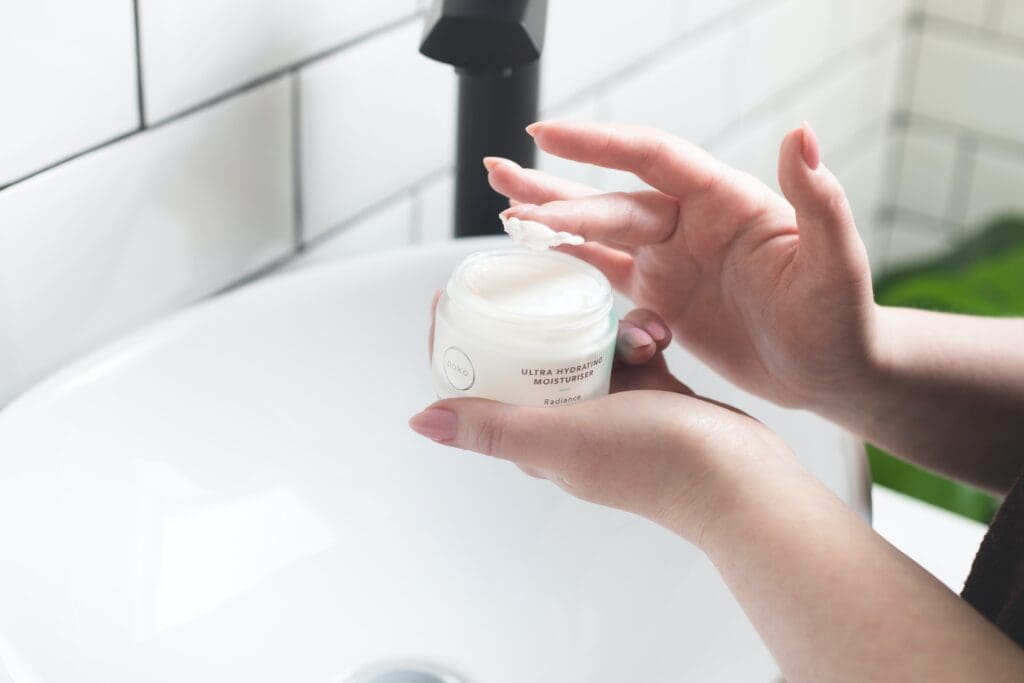
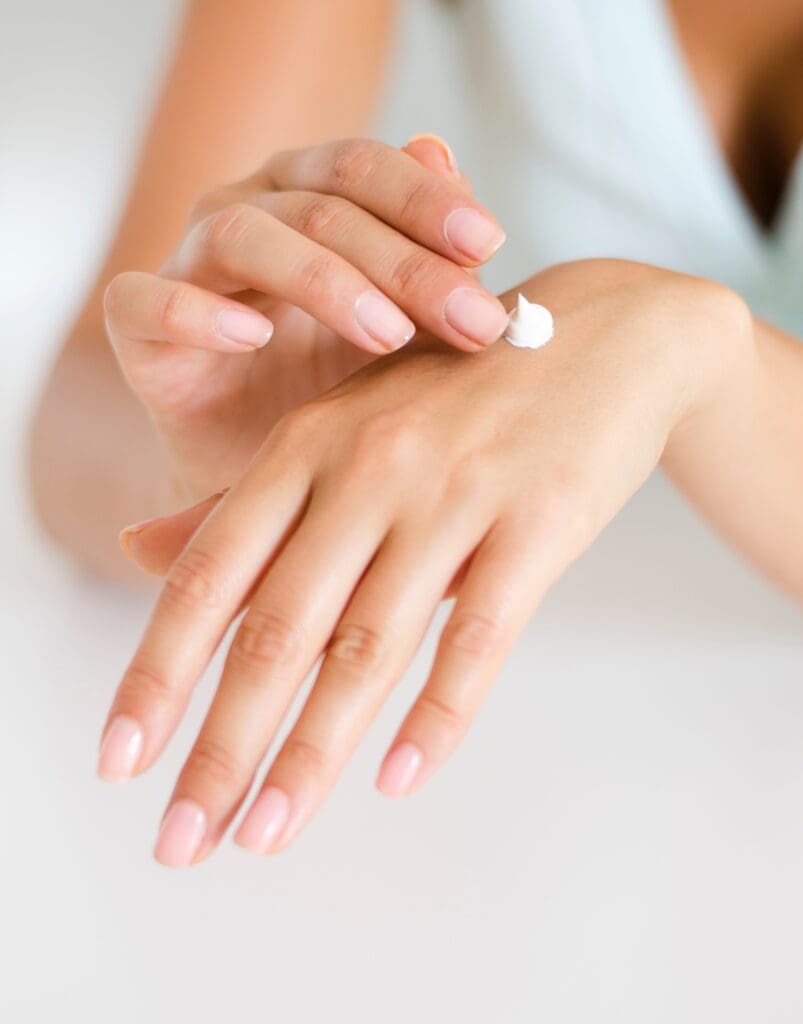
Key Ingredients in Moisturizers
When it comes to moisturizers, there are several key ingredients you should look for to help keep your skin hydrated and healthy. Here are some of the most common ingredients found in moisturizers and what they do:
Ceramides: These are naturally occurring lipids that help to form the skin’s barrier and prevent moisture loss. Look for moisturizers that contain ceramides to help strengthen your skin’s barrier and keep it hydrated.
Hyaluronic Acid: This is a humectant that helps to draw moisture to the skin and keep it hydrated. It can hold up to 1000 times its weight in water, making it an excellent ingredient for dry skin.
Glycerin: This is another humectant that helps to draw moisture to the skin. It is often found in moisturizers and can help to keep your skin hydrated and soft.
- Vitamin E: This is an antioxidant that helps to protect the skin from damage caused by free radicals. It can also help to moisturize the skin and improve its texture.
Peptides: These are amino acids that help to support collagen production in the skin. Collagen is essential for maintaining skin elasticity and firmness.
- Antioxidants: These are substances that help to protect the skin from damage caused by free radicals. Look for moisturizers that contain antioxidants like vitamin C, green tea, or resveratrol.
- Mineral Oil: This is a lightweight oil that can help to lock in moisture and prevent water loss from the skin. It is often found in moisturizers for dry or sensitive skin.
- Collagen: This is a protein that helps to support the skin’s structure and keep it firm and elastic. Look for moisturizers that contain collagen to help improve the appearance of fine lines and wrinkles.
Active Ingredients: These are ingredients that have been clinically proven to provide specific benefits to the skin. Look for moisturizers that contain active ingredients like retinol, niacinamide, or alpha-hydroxy acids to help improve your skin’s texture and tone.
Vitamins: Vitamins like A, C, and E can help to nourish the skin and protect it from damage. Look for moisturizers that contain these vitamins to help keep your skin healthy and radiant.
Aloe Vera: This is a natural ingredient that can help to soothe and hydrate the skin. It is often found in moisturizers for sensitive or irritated skin.
Mineral Water: This is water that has been filtered to remove impurities and minerals that can irritate the skin. Look for moisturizers that contain mineral water to help keep your skin hydrated and healthy.
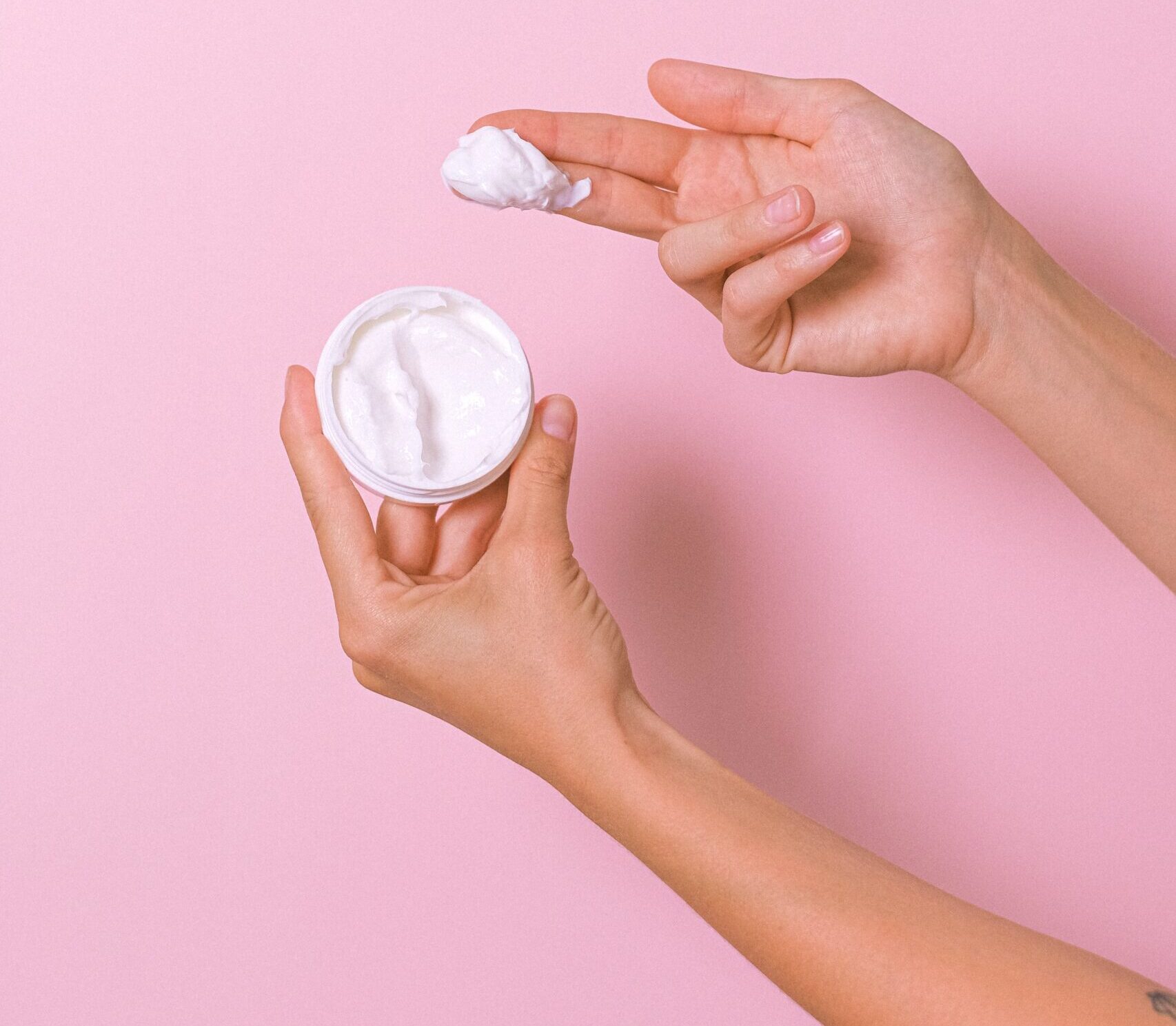
How to Apply Moisturizers
Moisturizers are an essential part of a skincare routine. They help to keep your skin hydrated and looking healthy. Here are some tips on how to apply moisturizers effectively.
Layering Technique
Layering your skincare products can help to lock in moisture and give you a more radiant complexion. Here’s how to layer your moisturizer:
- Start with a clean face. Use a gentle cleanser to remove any dirt or makeup.
- Apply a toner to help balance your skin’s pH levels.
- Apply a serum to address any specific skin concerns you may have.
- Apply your moisturizer. Use a pea-sized amount and apply it in an upward motion to help create a subtle lifting effect.
- Finish with a sunscreen to protect your skin from the sun’s harsh UV rays.
Makeup Application
Moisturizers can also be used as a base for makeup. Here are some tips on how to apply moisturizer before makeup:
- Cleanse your face and apply your moisturizer as usual.
- Wait a few minutes for your moisturizer to absorb before applying makeup.
- Use a primer to help your makeup last longer.
- Apply your makeup as usual.

